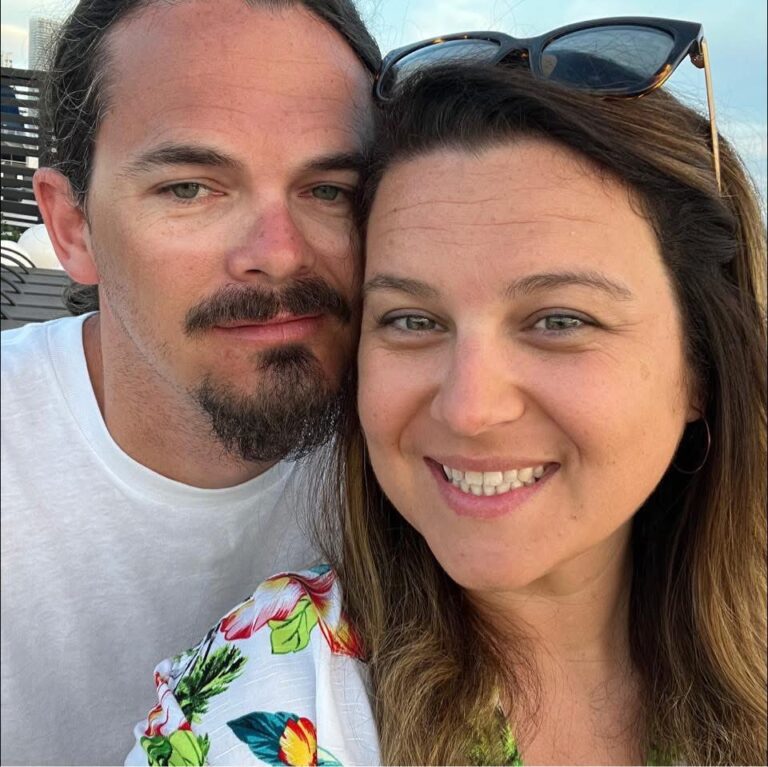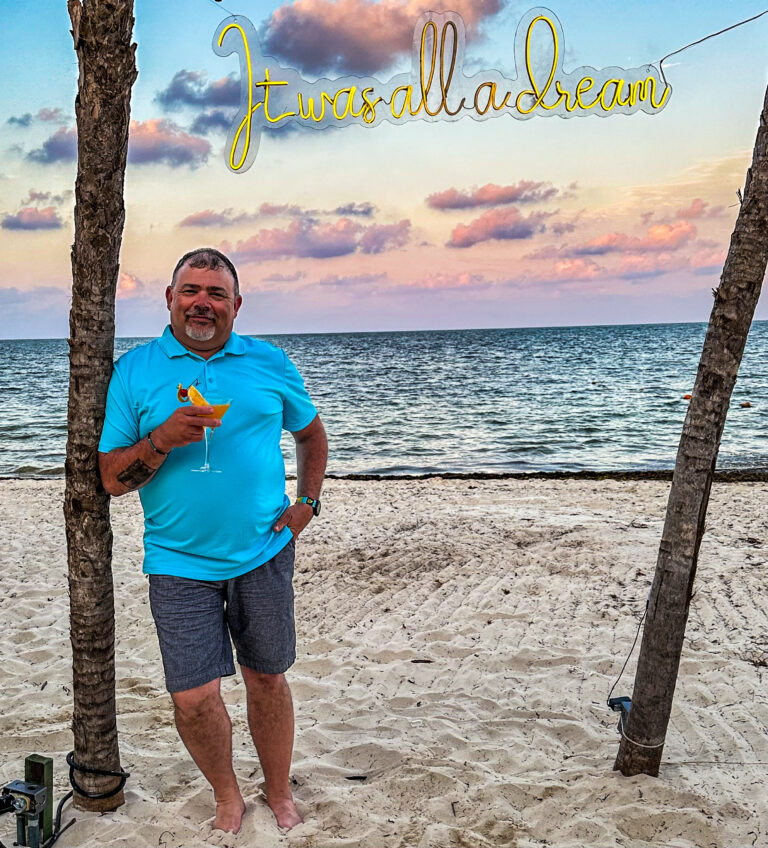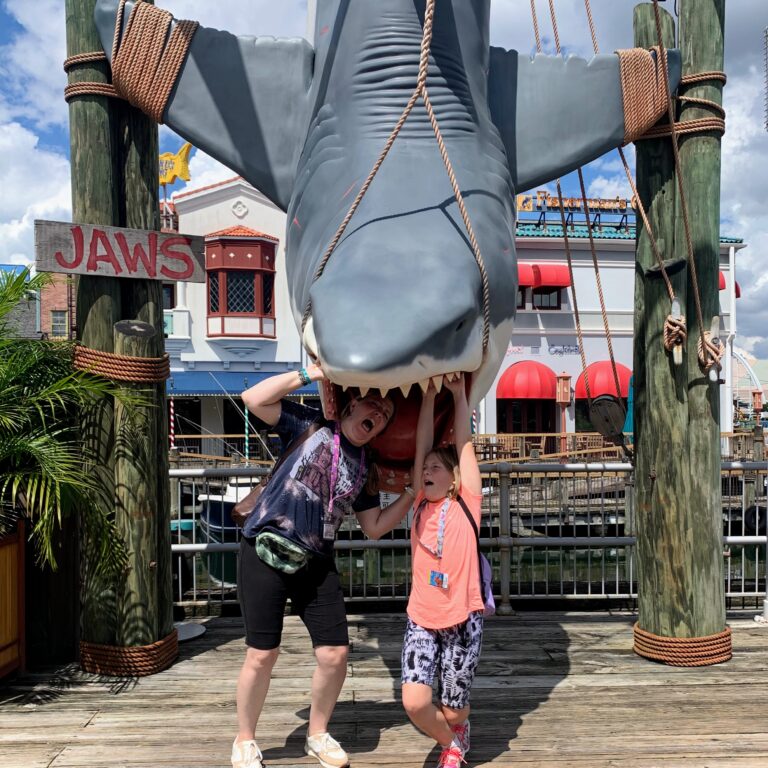Overview
Introduction
The spectacular mountain and high-desert scenery surrounding Bend has spurred a tourism boom, making the city one of the fastest-growing areas in Oregon. Outdoor opportunities abound with rock climbing, bicycling, golf, hiking, horseback riding, white-water rafting and trout fishing available in or near the city. The Pole-Pedal-Paddle Triathlon draws legions of skiers, bikers and kayakers to Bend in May. Many visitors use Bend as a base to explore the surrounding region or merely pass through on their way to one of the numerous year-round resorts located nearby. Many of them are clustered around Mount Bachelor—one of Oregon's premier skiing areas. The eclectic combination of duffers, climbers and equestrians makes for lively gatherings in the city's restaurants, coffeehouses and brewpubs.
On the southern edge of Bend is the excellent High Desert Museum, which has a wide range of indoor and outdoor exhibits: We especially enjoyed watching the river otters and the outstanding presentation about birds of prey. There are permanent displays of the native flora and fauna of the High Desert Region, as well as a collection of Western art and exhibits about the region's history and the settlement of the West. You'll also find real wild mustangs in the Mustang Corral, as well as a steam-powered sawmill still in action after more than 100 years. In all, this regional museum is well worth your time. Open daily except Thanksgiving, Christmas and New Year's days.
Just a 10-minute drive south of the High Desert Museum is the Lava Lands Visitor Center of Newberry National Volcanic Monument. You can learn about the geologic unrest that created this strange terrain, formed by ancient volcanic eruptions. Take a stroll along the Trail of the Molten Lands, which traverses 9 sq mi/23 sq km of lava fields. You should also drive to the top of Lava Butte, a huge cinder cone that spewed the lava 70 centuries ago. Lava River Cave is a very long lava tube that runs for more than 1 mi/1.6 km. Rent one of the lanterns that are available at the entrance to the cave, and wear warm clothes and good hiking shoes: The high temperature inside the cave is 42 F/7 C. Open May-October.
If you have the time and want to see absolutely fantastic high-mountain scenery, follow the Cascades Lakes Highway through the Deschutes National Forest, which passes the Three Sisters volcanoes: South, Middle and North (also known as Faith, Hope and Charity), each of which is more than 10,000 ft/3,050 m tall. The 90-mi/145-km loop begins and ends in Bend and takes the better part of a day.
Just 22 mi/35 km west of Bend, Mount Bachelor is a high-desert volcanic cone with 71 groomed and ungroomed downhill skiing trails, 35 mi/55 km of cross-country trails and a wealth of activities for kids. Advanced skiers can often ski the summit through Memorial Day. From the summit, you'll have panoramic vistas of the Three Sisters. Bend is 130 mi/210 km southeast of Portland.
Overview
Introduction
This giant park (801,163 acres/324,219 hectares) is in a remote corner of West Texas 370 mi/595 km west of San Antonio, but it's worth the effort to get there. In the southwestern part of the state, where the Rio Grande makes its "big bend" (essentially a giant U-turn), the park includes three separate ecosystems—river, mountain and desert. Desert terrain—the Chihuahuan Desert—dominates, making the park a fascinating place to visit during late fall, winter and early spring. The summer months can be hot.
Most visitors begin their tour of the park in the Chisos Mountains, which tower over the surrounding desert, topping out with Emory Peak at 7,825 ft/2,385 m. Cooler and greener than the surrounding desert, the Chisos offer excellent backcountry hiking and camping in forests of pines and oaks.
After visiting the mountains, visitors can head for the Rio Grande, an oasis of water amid the desert. (Visitors should not drink the water, as it is far from potable). Two canyons highlight this portion of the park: Boquillas Canyon to the east and Santa Elena to the west. Rafting and float trips have become popular on both stretches of the Rio Grande—the river includes Class I to Class IV rapids, tamer when the water is low. Extended float trips on the Rio Grande can be arranged through outfitters in three towns west of the park: Lajitas, Terlingua and Study Butte. Short hiking trails near both canyons let visitors get a glimpse on foot of the sheer rock walls.
Easy walking trails wind through the desert, and more strenuous hiking routes are also available. Cactus and lechuguilla (a plant with daggerlike leaves) are among the plant life. The oasis at Dugout Wells is a particularly good place to observe desert wildlife.
The desert, mountain and river areas of the park are laced together by paved and unpaved scenic roads. (The Ross Maxwell Scenic Drive, which winds down to Santa Elena Canyon, is recommended.) Other activities within the park include bathing in historic hot springs, trail riding on horseback (visitors must take their own horse), fishing, swimming, camping and wildlife viewing. Animals in the park include mountain lions and bears (seldom seen), bobcats, deer, javelina, roadrunners, foxes, snakes (including rattlesnakes), tarantulas and an incredible variety of birds—it's the only place in the U.S. to see the rare Colima warbler.
Many of the park's services are centered in the Chisos Mountains Basin. In addition to containing the only lodge in the park, it has a restaurant, grocery, visitor center, campground and gift shop. Several hiking trails begin in the basin. Other centers of activity are Rio Grande Village (a campground, visitor center, grocery and gas station) and Castolon (a campground and grocery). There is another gas station at Panther Junction. Camping and lodging facilities within the park are often filled, so reservations should be made in advance.
The park is open daily 24 hours, and the entrance fee is US$30 per vehicle for a seven-day pass. Phone 432-477-2251. https://www.nps.gov/bibe.
Overview
Introduction
Located 140 mi/225 km north of Indianapolis and home of the University of Notre Dame, South Bend, Indiana, is a pleasant town in a pleasant setting.
Be sure to tour the Notre Dame campus, where attractions range from the Log Chapel to the Grotto of Our Lady of Lourdes, a replica of the shrine in Lourdes, France.
There's a good art museum and, on the library overlooking the football stadium, a large mosaic of Christ that students call "Touchdown Jesus." (If you hope to attend a Fighting Irish football game while in town, you may want to ask for the blessing of Touchdown Jesus: Tickets are extremely hard to come by.)
Nearby, visit Copshaholm (also known as the Oliver Mansion), a 38-room house built in 1895. It's beautifully furnished with original pieces and ringed by more than 2 acres/1 hectare of formal gardens. Purchase Copshaholm tickets through the Northern Indiana Center for History. The mansion is on the grounds of the center, which also has nine galleries chronicling the area's development. In the basement, a small, interactive museum will entertain children.
If you have time, tour the Studebaker National Museum and view the historic-vehicle collection, both horse-drawn and automotive (http://www.studebakermuseum.org). If possible, have dinner at Tippecanoe Place, which was once the luxurious Studebaker residence. For sweet treats, try the South Bend Chocolate Company.
Activities in St. Patrick's County Park change with the seasons. You can enjoy maple-syrup tours in the spring; special entertainment in the amphitheater in the summer; a Sorghum Festival and hay rides in the fall; and cross-country skiing and snow tubing in the winter. http://www.sjcparks.org.











































